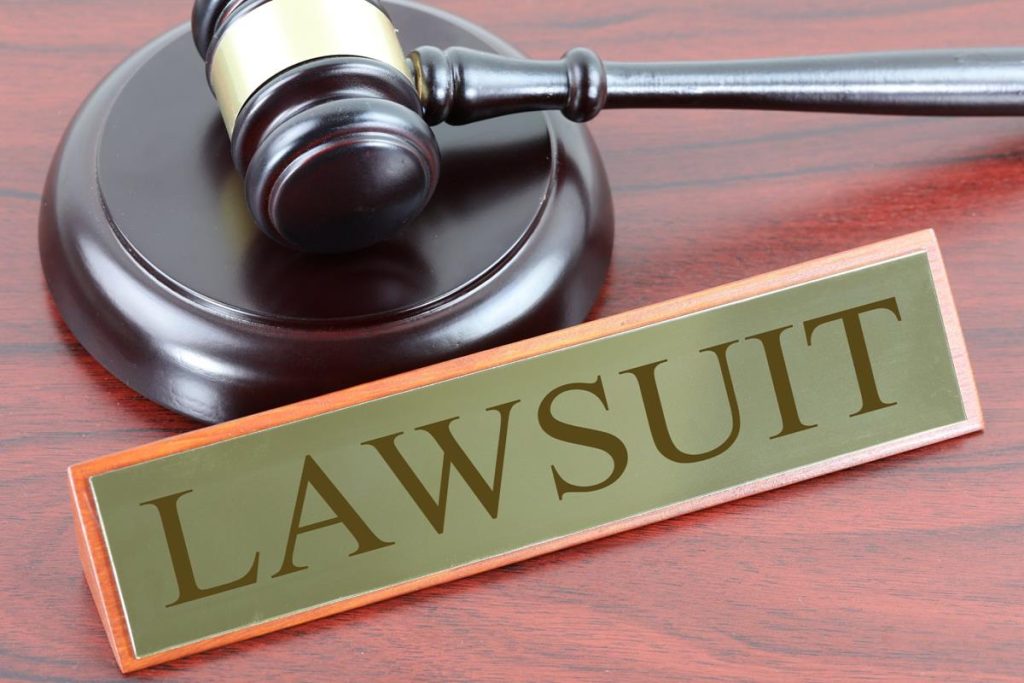Staying safe is a priority in a world where unforeseen dangers lurk. Imagine discovering that a crucial firefighting tool, aqueous film-forming foam (AFFF), meant to save lives, might pose health risks.
The importance of being informed in a world where fire safety intersects with unforeseen health challenges is crucial. It’s more than just a firefighting concern; it’s a matter of your well-being and the safety of those around you.
In this blog, we’ll delve into the complex landscape of AFFF health risks, guiding you through potential dangers and the evolving legal scene.
Understanding AFFF Health Risks
AFFF contains per- and polyfluoroalkyl substances (PFAS), a group of human-made chemicals known for resisting heat, water, and oil. While PFAS contributes to its firefighting effectiveness, it has raised concerns due to its persistence in the environment and potential health impacts.
The EPA, the US Department of Veteran’s Affairs, and the researchers have connected these chemicals to several health issues, states Consumer Notice.
These include a higher chance of developing renal, testicular, and other malignancies. In addition, it could involve immune system modifications, asthma, altered fetal and infant development, and problems with conception.
Also, these chemicals can accumulate in the body over time, posing long-term health threats. The implications extend beyond immediate firefighting scenarios, affecting not only first responders but also communities surrounding facilities where it is used.
It, therefore, has become evident that staying informed is paramount, providing a foundation for individuals to make informed decisions about its use. It ensures both safety and well-being in environments where fire safety measures are employed.
The Legal Landscape
Navigating the legal landscape surrounding aqueous film-forming foam (AFFF) is a critical aspect of understanding the broader implications of its use.
With growing apprehensions about the health hazards of AFFF, there has been a notable increase in associated lawsuits. These legal actions underscore the urgency of addressing potential damages and holding responsible parties accountable.
Hence, the AFFF lawsuit encompasses a variety of cases, spanning from individual claims to class-action lawsuits. Each of these legal actions sheds light on the repercussions of AFFF exposure.
The AFFF lawsuit alleges firefighting foam manufacturers inadequately warned about health risks linked to harmful chemicals. Plaintiffs assert that AFFF use caused environmental contamination and health issues, seeking compensation for damages and medical expenses.
TruLaw states these lawsuits are on the rise, with plaintiffs seeking compensation for health issues linked to PFAS exposure. It further emphasizes the importance of understanding your rights and potential eligibility for legal recourse. Plaintiffs should also be aware of how crucial it is when determining damages. These are contingent upon the potency of one’s argument and the capacity to get essential proof.
They include pain, past and present medical costs, and unpaid medical bills. It may also include loss of consortium, permanent incapacity, missed income, or diminished earning capacity.
Environmental Impact
PFAS are persistent chemicals that can accumulate in soil, water, and wildlife, posing long-term ecological threats. The consequence of this persistence is a potential chain reaction as these chemicals move through the ecosystem. These can impact aquatic life and, ultimately, reaching human populations.
Groundwater and soil contamination with PFAS has been documented near sites where AFFF is regularly employed. It affects not only immediate surroundings but also wider areas. Their long-lasting nature in the environment means that the consequences of their use may continue for years.
Emerging Regulatory Measures
Governments and environmental agencies are working to establish guidelines and regulations that mitigate the use and impact of AFFF. These measures include restrictions on the production, sale, and use of these substances. It aims to reduce the introduction of these persistent chemicals into the environment.
There is a push towards developing alternative firefighting technologies that are effective yet environmentally friendly. The evolving regulatory landscape recognizes the need to balance fire safety with protecting public health and the environment. It involves collaboration between regulatory bodies, industries, and advocacy groups to find sustainable solutions.
Aviation Week reports that the EPA is aiming to regulate six PFAS compounds. It includes PFOS and PFOA, which are included in AFFF, under a proposed National Primary Drinking Water rule.
Regarding EPA-regulated water pollutants, the lowest possible level is four parts / trillion for every chemical. Ten billion dollars provided by the 2021 Bipartisan Infrastructure Law will assist the rule. It will tackle these chemicals in drinking water and is expected to be finalized by year’s end.
In addressing PFAS pollution, the Sierra Club highlights the importance of this law and its strict guidelines. It’s a significant step toward handling environmental problems connected to these chemicals. This idea is in line with larger initiatives to guarantee safe drinking water.
It is essential to stay informed about the changing regulatory landscape and understand their roles in ensuring compliance. It contributes to the broader goal of minimizing the health and environmental risks associated with it. The emerging regulatory framework signifies a collective effort to create a safer and more sustainable approach to fire safety practices.
Public Awareness and Advocacy
Public awareness and advocacy have become instrumental forces in shaping the discourse. Communities and individuals are increasingly mobilizing to raise awareness about the potential hazards of AFFF, pushing for transparency and accountability.
Advocacy groups play a vital role in amplifying voices and urging stricter regulations. It emphasizes the need for alternatives that prioritize both firefighting efficacy and safety.
Public awareness campaigns aim to educate communities, first responders, and decision-makers about the far-reaching consequences of its use. This grassroots movement not only highlights the health and environmental risks but also fosters a sense of collective responsibility.
By understanding the issues at hand, individuals become empowered to demand change and support initiatives that promote safer firefighting practices.
By uniting in a shared cause, individuals can play a pivotal role in shaping a future where fire safety measures are paramount. It prioritizes immediate protection and the well-being of the communities and the environment.
Alternatives to AFFF
Firefighting industries and researchers actively seek substitutes that maintain fire suppression’s effectiveness while minimizing the adverse consequences associated with AFFF. This quest involves developing innovative technologies and formulations that do not rely on these chemicals.
Alternatives to these chemicals aim to balance safety and environmental responsibility. Some emerging solutions use foam formulations without PFAS, while others explore non-foam methods such as dry chemicals or inert gases for firefighting.
According to the NFPA, numerous foam products that profess to be manufactured without fluorine are already available on the market. Numerous new products may effectively put out liquid fuel fires under the correct circumstances.
That’s according to extensive testing conducted by the petroleum industry research organization LASTFIRE, the US Department of Defense, and the Fire Protection Research Foundation.
They’re novel products with unique features that put out fires in diverse ways, all functioning rather effectively. However, further research could be necessary because it’s in the initial stages and has few complexities.
In conclusion, the world of AFFF is complex, involving health risks, legal battles, and environmental concerns. Understanding these intricacies is vital. From emerging regulations to pursuing alternatives, a collective effort is underway to balance fire safety with public health and environmental well-being. Public awareness and advocacy are crucial in this journey, empowering communities to demand change.
As many navigate the lawsuits, it’s clear that a safer, more sustainable approach to firefighting is not just a necessity but an achievable goal. This can be possible through informed decisions and collaborative actions.

